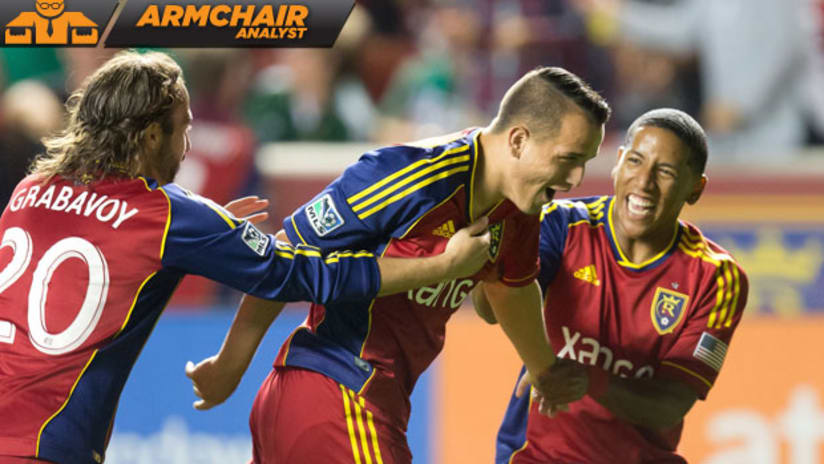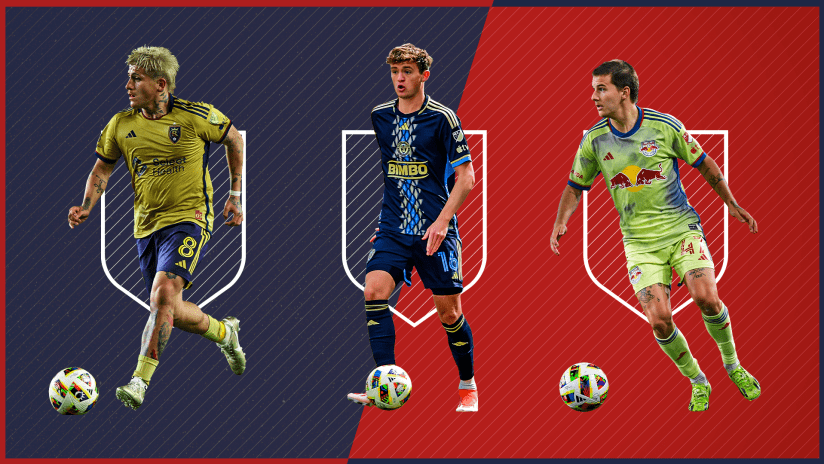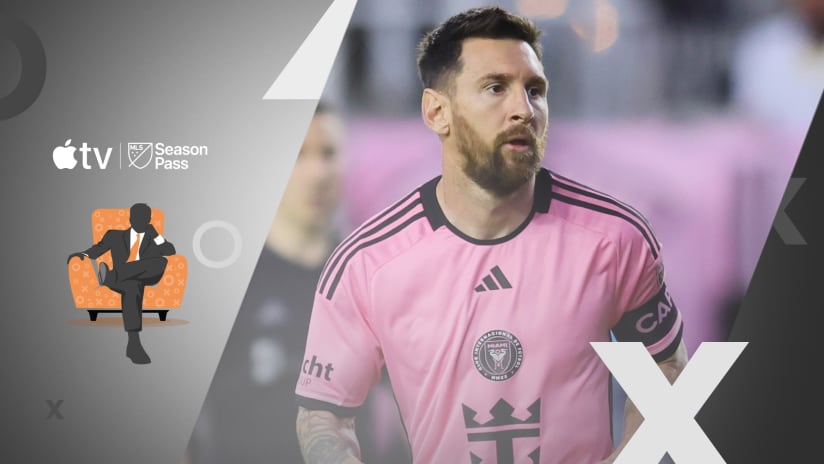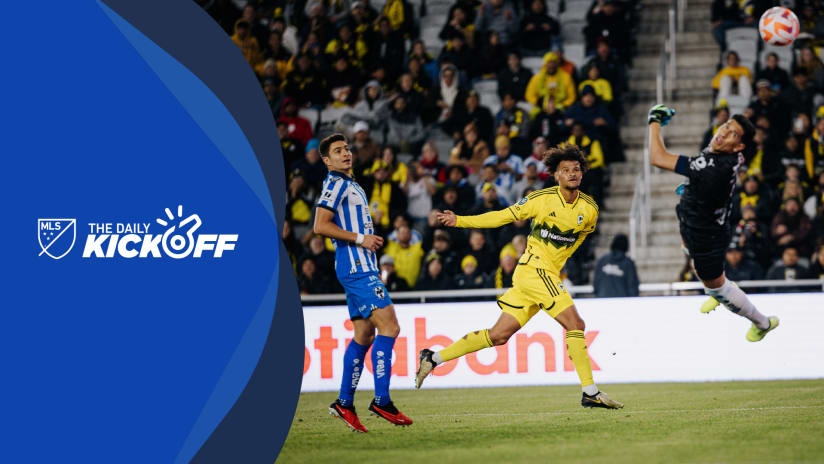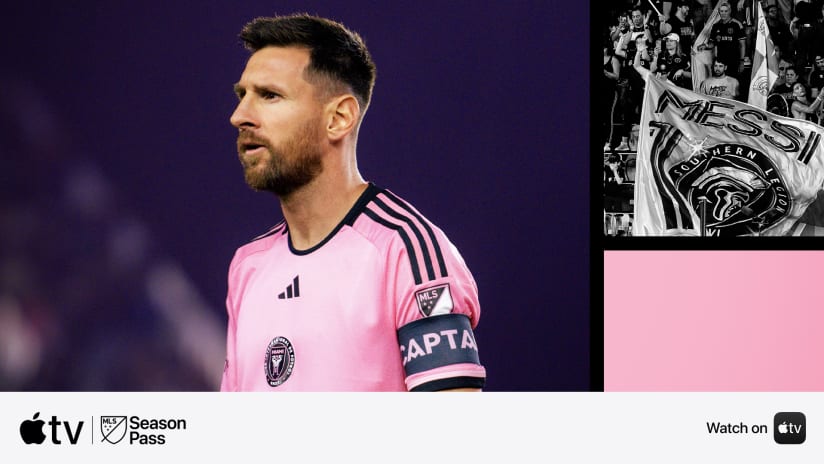SANDY, Utah – The overarching narrative for Real Salt Lake on Tuesday night in the US Open Cup final against D.C. United (9 pm ET, GolTV) is simple: This is one of the best teams in the league, playing at home against a hopelessly outgunned opponent with a title on the line.
With said title comes a shiny, storied trophy for the cabinet; a night of celebration in the high desert; a respite from the still-haunting memories of the 2011 CONCACAF Champions League final; and a berth in that tournament's next edition.
If RSL are the team most think they are (me included), they will win this one convincingly.
The overarching narrative for D.C. United, on the other hand, is a little bit convoluted. It's one of renewal, rebirth, and maybe a chance at claiming a smidgen of the franchise's past glory – all in the midst of what is, statistically, perhaps the worst season of any team in league history.
It's a chance for both coach and players to make make a case for their jobs. It's a chance to add title No. 13 – they won 12 across all competitions from 1996 through 2008, and bupkis since. It's a chance to "Pull a Wigan."
But from a tactical standpoint, it's a chance at 90 minutes of time travel. That's where we'll start:
Can D.C. get Chris Pontius into 1-v-1 situations?
Pontius, you probably know, has missed most of this season with a variet of ailments. And you probably also know that he was one of the best attackers in the league in 2012, a Best XI honoree who was on Jurgen Klinsmann's radar for the USMNT (Pontius has been called in twice under Klinsmann, and had to withdraw with injury both times).
This is Chris Pontius at his best:
A lot of things had to go wrong there for New York, and it's unlikely RSL will make the same spacing mistakes we saw from the Red Bulls on that play – especially because Kyle Beckerman is pretty much always in position to win that second ball.
But "pretty much always" isn't "always," and if Pontius is able to sneak underneath and pick up possession between the lines, forcing Nat Borchers (or the other central defender – likely Carlos Salcedo) to step into midfield and the subsequent 1-v-1 battle, then United will be in business.
And that's the "time travel" reference I made. That goal from Pontius is from 2012, and while it was more spectacular than most, it was also emblematic of how D.C. made it all the way to last year's Eastern Conference finals. They were able to get the ball on the foot of Pontius, or Dwayne De Rosario, or Nick DeLeon or Andy Najar with enough time and space to make certain there would only be one defender to beat.
Najar's gone, but the other three will be at Rio Tinto tonight, fit and healthy for seemingly the first time all season. And Luis Silva, another quality 1-v-1 player, will join them.
So this isn't a matchup between this year's historically abysmal D.C. United and the consistently excellent Real Salt Lake. Think of it as last year's fun, open, free-wheeling D.C. attack instead.
RSL overloads should rule the day
As fun and free-wheeling as D.C. should be, expect them to get pinned back by RSL's metronome-like possession and pressure. The reason they're beloved by neutrals and every partisan's second favorite team (I await the Colorado-based hate mail) is because they have a core philosophy of keeping the ball, playing a million passes, and using that to break you down. It's aesthetically pleasing when it's running full-on, and it turns out that MLS fans are, by and large, a group of aesthetes.
This is what RSL look like when they're cruising:
That's picked up about halfway through a 14-pass sequence that leads to a goal, one of the longest in the league this year.
The telling part, though, comes right before the last pass. Here's a screenshot:
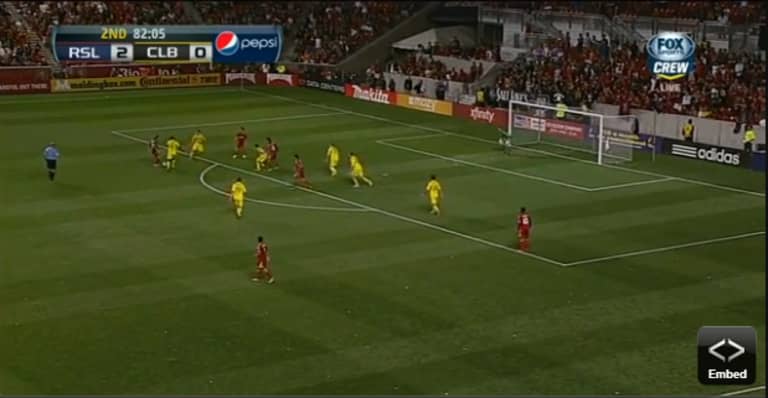
RSL's ball movement has pulled Columbus apart, forcing one central midfielder – Tony Tchani – to scramble across and cover Ned Grabavoy, while the other – Will Trapp – has dropped back into a nominal right back position.
Trapp's done the right thing, but once he gets there, he's got two guys and three passing lanes to keep track of. Josh Williams recognizes the danger too late, and the goal is scored. RSL's movement and passing was quicker than the Crew's defensive recognition.
To put it another way: Individual creativity can beat a defender. Team creativity beats a defense (that's not my quote – the axiomist wishes to remain anonymous, but it was too good to not use).
These overloads don't have to come from long build-ups, either. And what separates RSL from other teams who are able to flood certain zones is that they're equally adept at flooding the midfield to spring runners, or the final third to unbalance backlines.
Here's another example of the latter:
That was quick, right? And look at the effect of the overload – four RSL players in the same zone occupy the attention of seven Timbers defenders, allowing Luis Gil (again – he's really good at ghosting) to walk in.
You'd be a fool to bet against RSL getting at least one just like that tonight. And if D.C. can't set the DeLorean to 2012, that may well be all they need.

